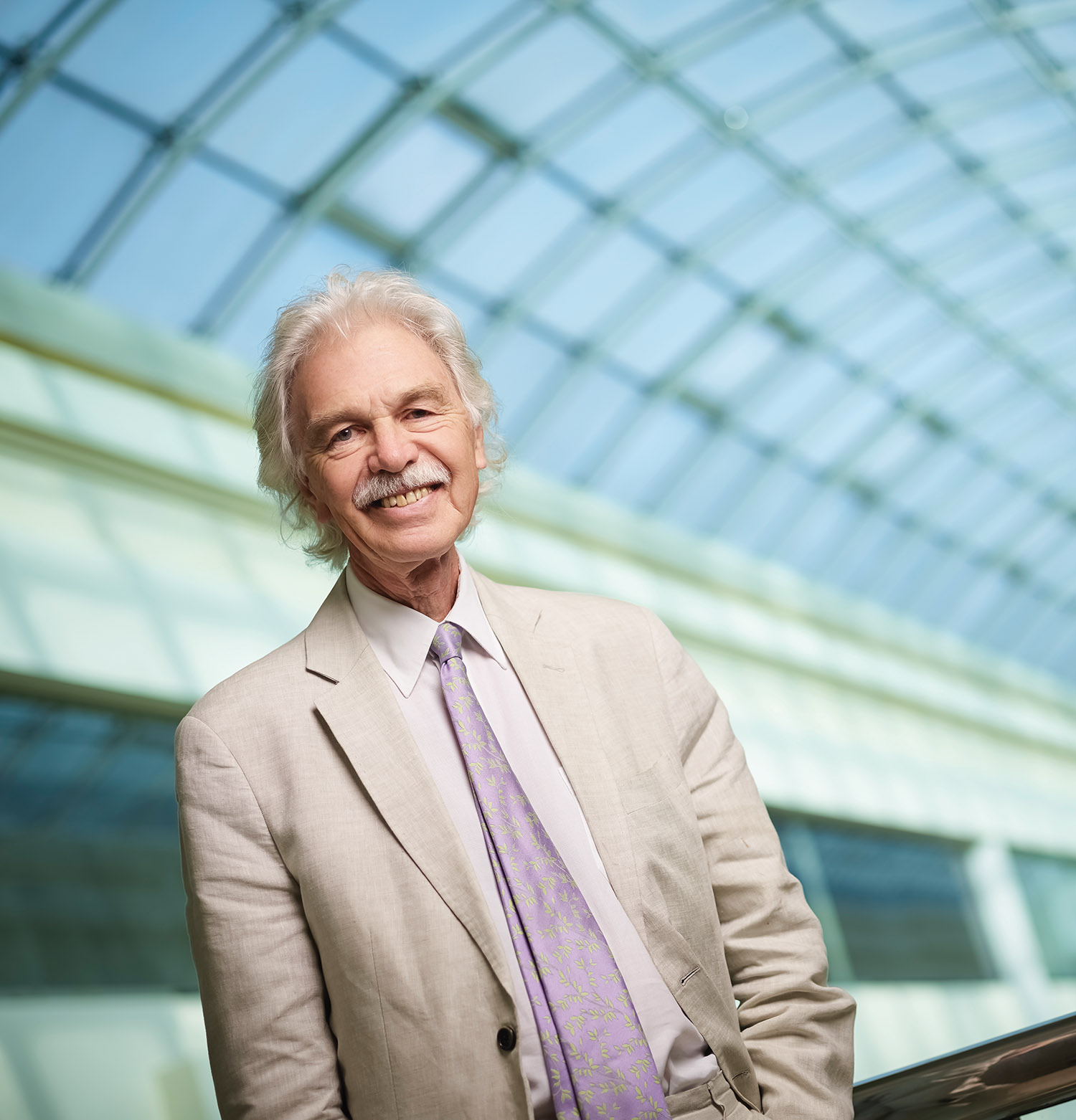Overseer of Architecture
Brian Johnson, managing partner at Godwin Austen Johnson, explains how the architecture of Dubai has evolved over the last 30 years


According to Johnson the shift was perhaps a bit too dramatic, but he notes that maturity ultimately prevailed. “The pendulum swung arguably too far in the other direction in the early ‘90s, and you then had a lot of buildings built by the creek that seemed to have a traditional wind tower on top. So we went from extremely modern to extremely traditional, but thankfully the market went back to being more sensible. It matured and has stayed at that level – people are now choosing the architecture that suits the purpose, so if a project is tourism-related it’ll be designed in a certain way, and if it has a different purpose it will be designed to that specification.”

Influences on Architecture
Speaking about what influences architecture and design in general, Johnson highlights materials as having the biggest impact.
“Modern materials give you the freedom to design things differently. In the past, if you consider a material such as stone (which was and still is popular), it could only span a certain distance so you had to design keeping that limitation in mind. With modern materials it’s quite different, so materials really do define what you can do from an architectural standpoint – there are now certain materials that can span 6m (for example), which means you can specify it and design the building accordingly.
“Older predominantly stone buildings might have been built with longer lifecycles in mind, but with new materials you can do more interesting things and perform maintenance and upgrades to keep them fresh. Developers such as Meraas and Emaar are using these materials to their advantage and are pushing the margin with regard to their projects.”
Technology such as BIM is also influencing the way buildings are designed and built. GAJ was an early adopter of BIM and is committed to training its staff so they can ‘speak the language’.
“BIM is a sort of language, and we have a training programme and some very talented people in the office to help other members of staff to get into it. The aim of BIM is to provide complete integration, which will have a positive impact on projects. There is a challenge, though, because as with all technology, the more you get into it, the more complex it becomes. The other danger is an over-reliance on it or indeed any technology. People might stop thinking for themselves as the technology gets smarter and start believing the machine or technology outright, so when mistakes are inevitably made, people may not be able to spot it before it’s too late. Using this technology is clearly the way forward, but I think it’s important for people to take a step back every now and then and exercise their own judgement and common sense,” concludes Johnson.
Source: http://meconstructionnews.com/26841/overseer-of-architecture












